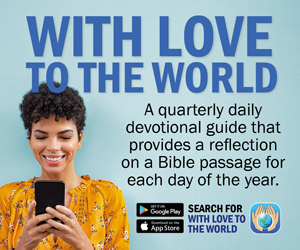Imagine you hired an architect to build your dream home. The architect is the most highly skilled at designing the finest homes. But instead of letting the architect design the home for you, you come up with your own amateur home designs and ask him to simply approve it. You feel so excited thinking that the best architect is going to design your home when the home has been designed by yourself.
I presume this happens a lot in our Christian journey in our relationships with God. We ask God to lead and guide our lives, but we have already planned how we build our lives, organising our fortunes and shaping our course. In this case, we’re not seeking God’s way, but we’re seeking his approval of our own way.
[Read more…]

